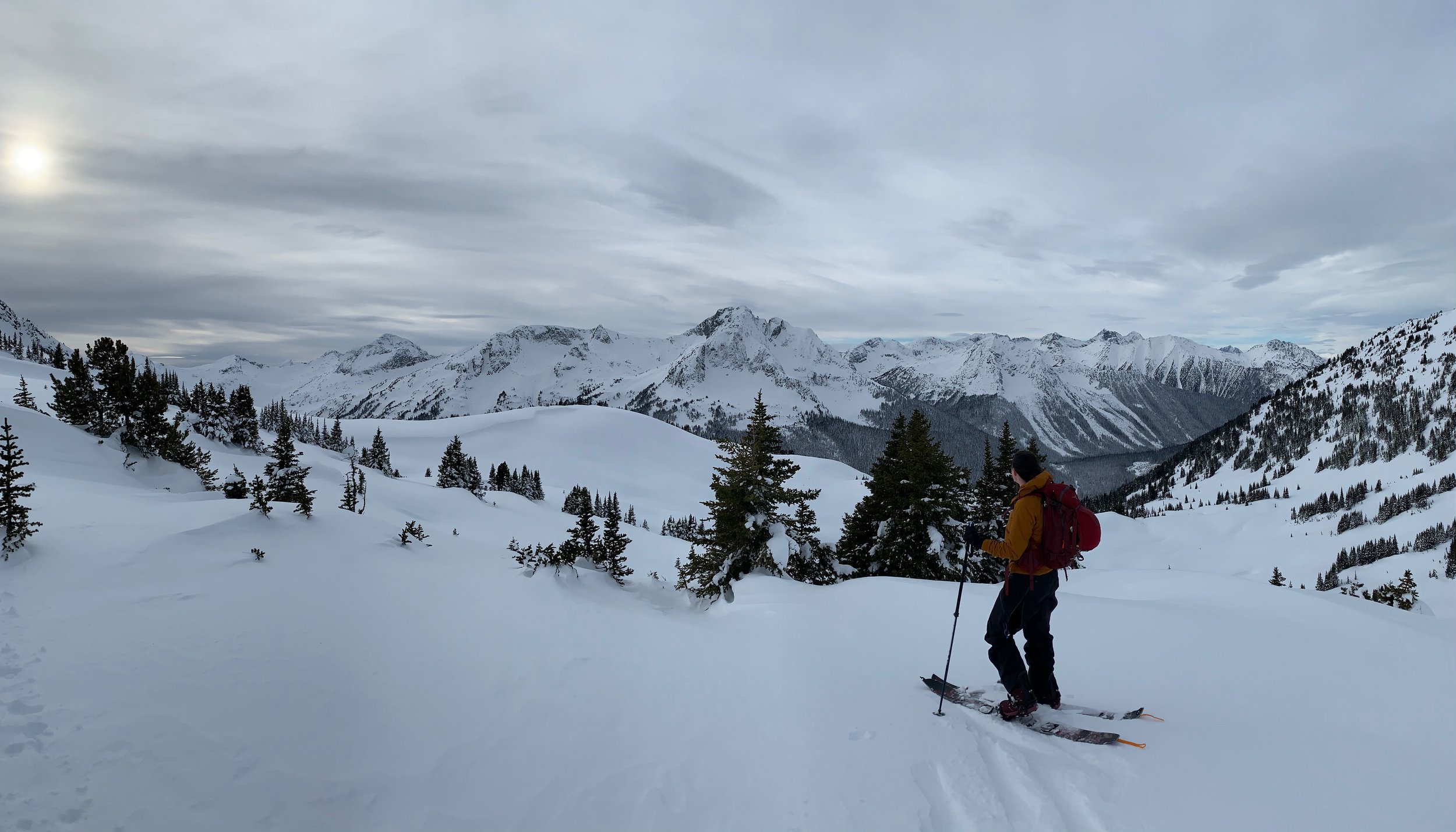The Best Navigation Apps for Hikers in 2025
1. Gaia GPS (Best All-Around for Backpackers)
Best for: Serious hikers who need detailed maps and route planning.
Why it’s great:
200+ map layers (USGS, NatGeo, MVUM, and private land boundaries)
Route-planning tools (measure distance, elevation gain, and waypoints)
Works fully offline (download maps in advance)
Downside: Steeper learning curve; premium features cost extra.
Cost: Free basic version; Premium ($40/year) unlocks advanced maps.
2. AllTrails+ (Best for Casual & Day Hikers)
Best for: Beginners or those who stick to established trails.
Why it’s great:
Massive trail database (300K+ routes with reviews)
Offline maps (with Pro subscription)
Lifeline feature (share real-time location with emergency contacts)
Downside: Less detail for off-trail navigation.
Cost: Free (AllTrails+ $35.99/year for offline use).
3. FarOut (formerly Guthook Guides) (Best for Thru-Hikers)
Best for: Long-distance hikers (PCT, AT, CDT, etc.).
Why it’s great:
Crowdsourced water sources, campsites, and trail updates
Ultra-lightweight app (minimal battery drain)
Works entirely offline
Downside: Only covers major long trails.
Cost: $8–60 per trail guide (one-time purchase).
4. OnX Backcountry (Best for Hunters & Off-Grid Explorers)
Best for: Bushwhacking, hunting, or navigating unmarked terrain.
Why it’s great:
3D maps with slope angle shading (avalanche safety!)
Private/public land boundaries (no trespassing surprises)
Offline waypoints & tracking
Downside: Overkill for casual hikers.
Cost: $34.99/year.
5. CalTopo (Best for Custom Map Printing & SAR Teams)
Best for: Backcountry skiers, SAR volunteers, and hardcore route-finders.
Why it’s great:
Build and print custom maps (with slope, aspect, and sun exposure)
Collaborative trip planning (share routes with groups)
Professional-grade mapping tools
Downside: Not as intuitive for beginners.
Cost: Free (Pro version $50/year for extra features).
Bonus: GPS Devices for When Your Phone Dies
For multi-day trips, a dedicated GPS is a smart backup:
Garmin inReach Mini 2 (Satellite SOS + basic maps)
Garmin Fenix 7 (Watch with full topographic maps)
Coros Vertix 2 (Long battery life + breadcrumb navigation)
How to Navigate Like a Pro in 2025
Always download offline maps before your hike.
Carry a backup (phone + paper map or GPS).
Check for trail updates (fires, closures, reroutes).
Conserve battery (use airplane mode, low-power settings).
Final Verdict: Which App Should You Use?
Most hikers: Gaia GPS or AllTrails+
Thru-hikers: FarOut (Guthook)
Off-trail explorers: OnX Backcountry
Ultra-lightweight option: Avenza Maps (for free USGS maps)
Did I miss your favourite app? Let me know in the comments!












